OxyContin 20mg (Mundipharma Company Uk 🇬🇧)
€200.00 – €1,360.00Price range: €200.00 through €1,360.00
Product Name and Active Ingredient
Brand Name:OxyContin® 20 mg
Generic Name:Oxycodone Hydrochloride
Drug Class:Opioid Analgesic
Dosage Form:Prolonged-Release Tablet (12-hour extended release)
Composition
Active Ingredient:
Each tablet contains 20 mg of oxycodone hydrochloride (equivalent to 20 mg of oxycodone base)
Manufacturer and Country of Origin
Manufacturer: Mundipharma Pharmaceuticals Ltd. (previously Napp Pharmaceuticals)
Country of Origin: Ireland (EU)
2 Strips or 28 Tablets per 1 Box
#Oxy #Oxi #Perc #Percocet #Oxycodone #Morphine #Codeine #Dihydrocodeine #DHC #Dihydrocodeine
Mechanism of Action
Oxycodone is a semi-synthetic opioid agonist that binds primarily to μ-opioid receptors in the central nervous system (CNS). By modulating pain signaling pathways at the spinal and supraspinal levels, it alters the perception and emotional response to pain, producing analgesia, sedation, and euphoria.
Indications (Therapeutic Use)
OxyContin® LP 80 mg is indicated for:
**The management of severe chronic pain requiring continuous, long-term opioid treatment when alternative treatment options are inadequate.
**Use in adults and adolescents aged 12 years and older.
Precautions and Side Effects
Common Adverse Reactions:
**Constipation
**Nausea and vomiting
**Drowsiness
**Dizziness
**Pruritus
Serious Adverse Effects:
**Respiratory depression
**Opioid use disorder (dependence/addiction)
**Hypotension
**Adrenal insufficiency
**Serotonin syndrome (when used with serotonergic drugs)
Precautions:
**Use caution in patients with respiratory conditions (e.g., COPD, asthma), hepatic or renal impairment.
**Avoid concurrent use with CNS depressants (e.g., benzodiazepines, alcohol).
**Avoid abrupt discontinuation to prevent withdrawal symptoms.
**Not recommended during pregnancy or breastfeeding unless absolutely necessary.
Date of Initial Production
**Oxycodone, the active ingredient in OxyContin®, was first synthesized in Germany in 1916.
**OxyContin® (controlled-release formulation) was first introduced by Purdue Pharma in the United States in 1995, with global manufacturing licensed through affiliated Mundipharma companies.
Historical Background
Oxycodone was originally synthesized as an attempt to create an opioid with the analgesic properties of morphine but fewer side effects. Over time, extended-release formulations such as OxyContin® were developed to reduce dosing frequency and maintain consistent blood levels in chronic pain patients.
However, OxyContin® also became controversial due to its role in the opioid crisis, particularly in the United States, where its aggressive marketing and high abuse potential led to widespread misuse, addiction, and public health consequences.
Abuse and Misuse Potential
Oxycodone has high abuse potential. The prolonged-release tablet is designed to provide slow, controlled release over 12 hours. However, individuals seeking euphoria may crush, snort, or inject the tablets, bypassing the slow-release mechanism and increasing the risk of overdose and death.
OxyContin® has been reformulated in some regions with abuse-deterrent properties, but misuse remains a concern
| Price | 1 Strip – €200 !!, 2 Strips – €420 (210), 3 Strips – €600 (200), 6 Strip – €1140 (190), 8 Strip – €1360 (170) |
|---|
Be the first to review “OxyContin 20mg (Mundipharma Company Uk 🇬🇧)” Cancel reply
Related products
OXYCODONE
OXYCODONE
€270.00 – €1,840.00Price range: €270.00 through €1,840.00
€230.00 – €1,480.00Price range: €230.00 through €1,480.00
OXYCODONE
€230.00 – €1,480.00Price range: €230.00 through €1,480.00
OXYCODONE
€250.00 – €1,680.00Price range: €250.00 through €1,680.00
OXYCODONE
OXYCODONE
OXYCODONE
€190.00 – €5,400.00Price range: €190.00 through €5,400.00

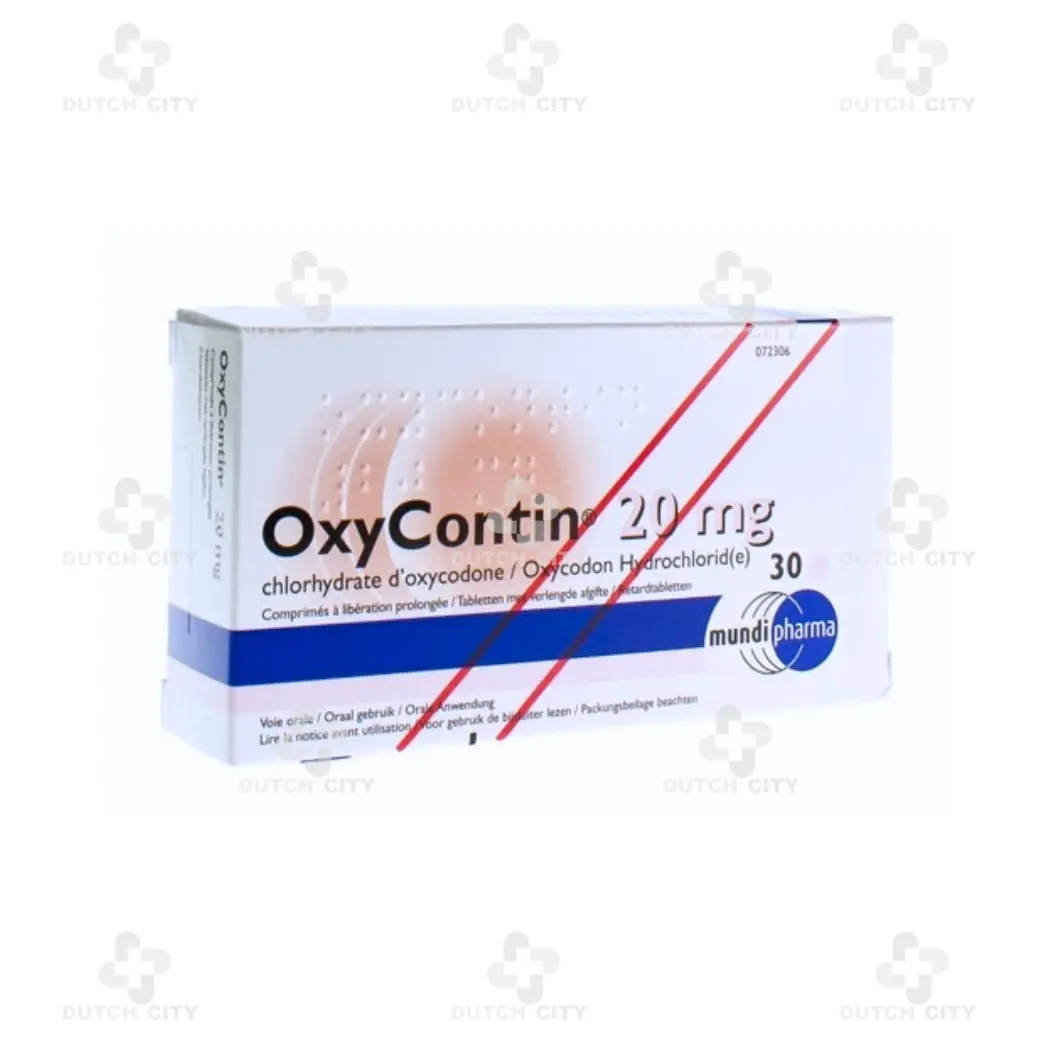
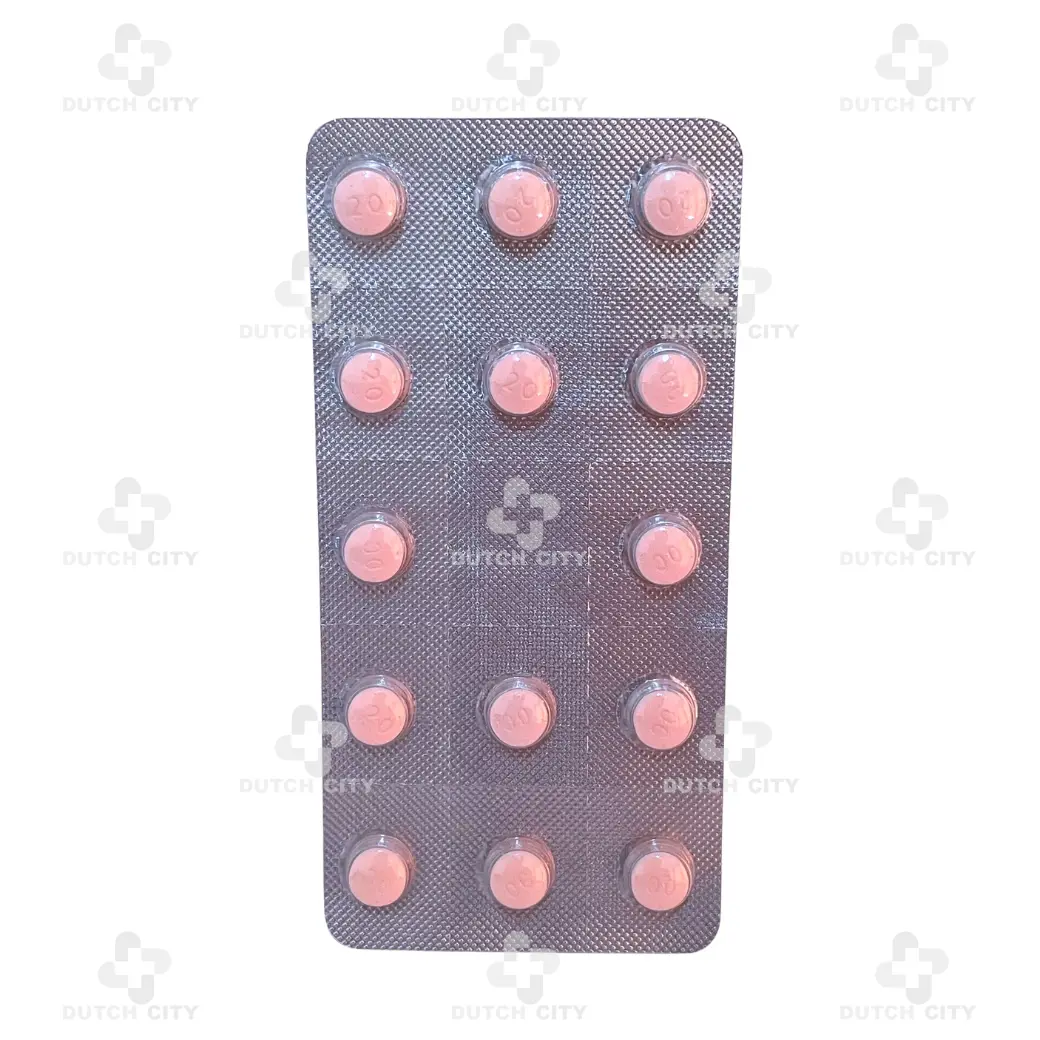
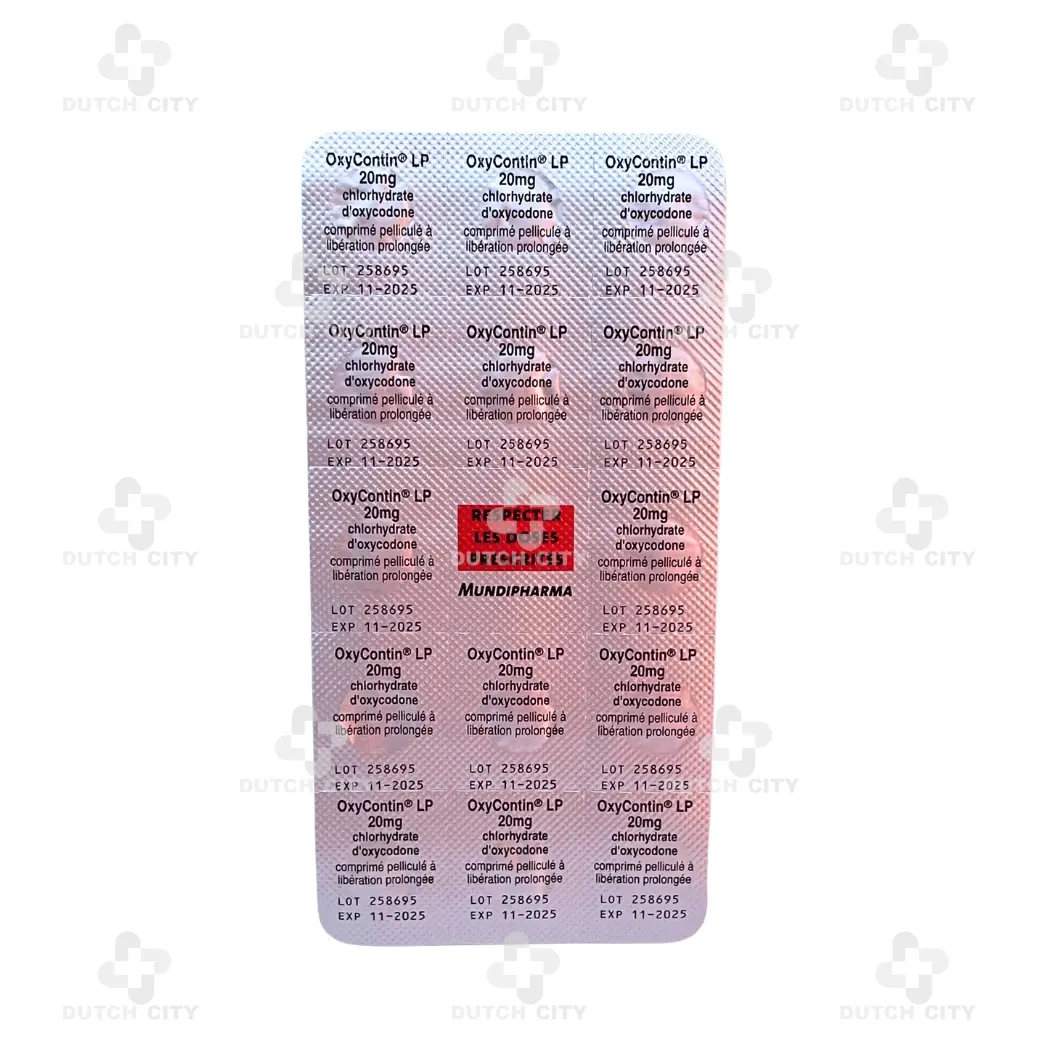
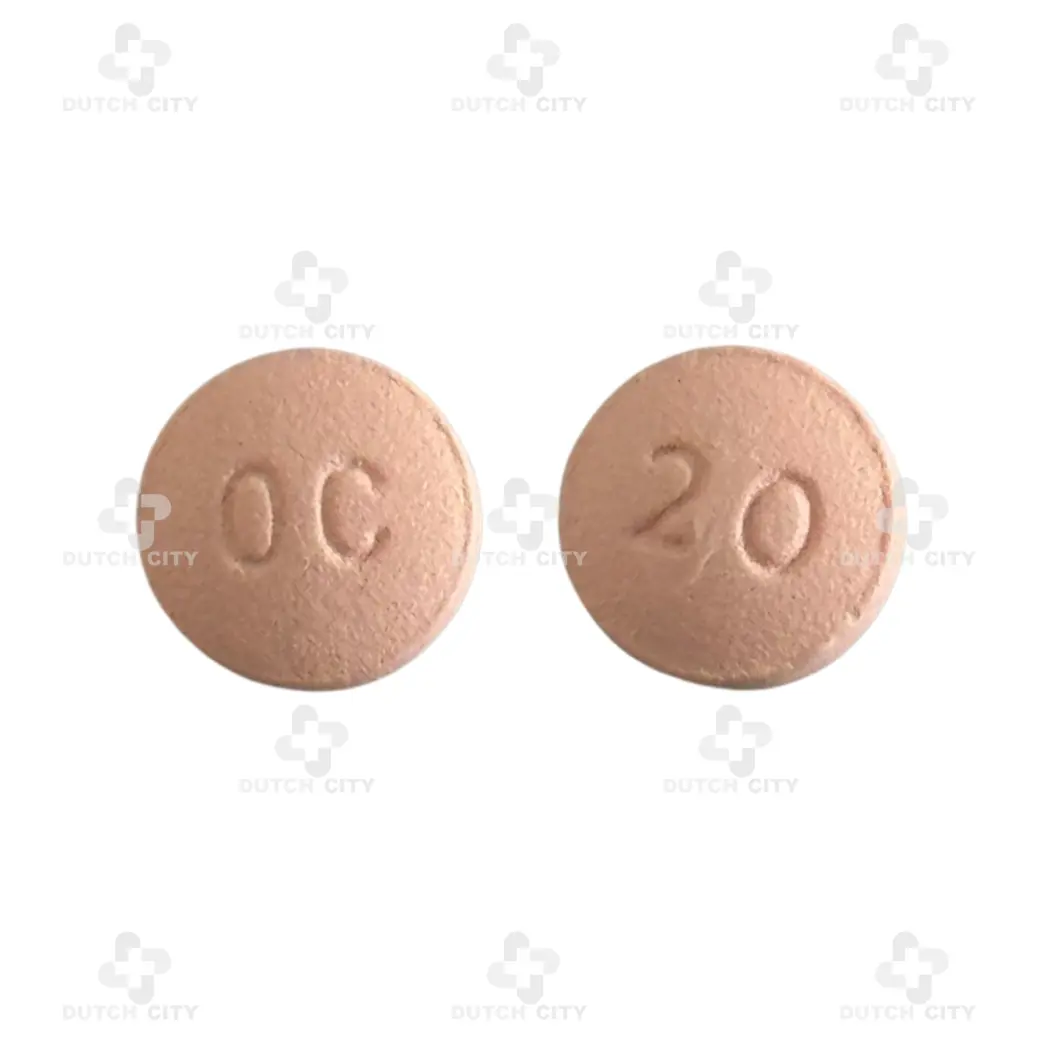
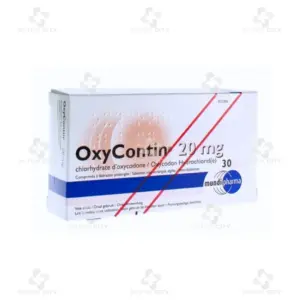
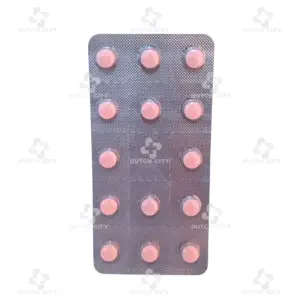
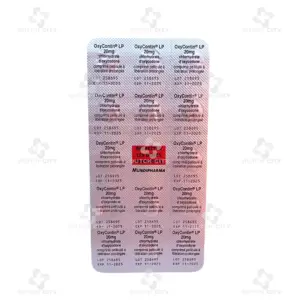
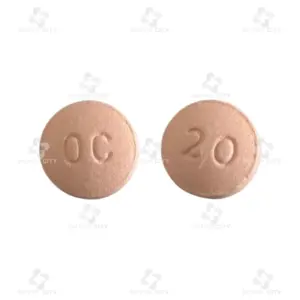
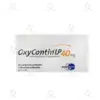
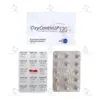
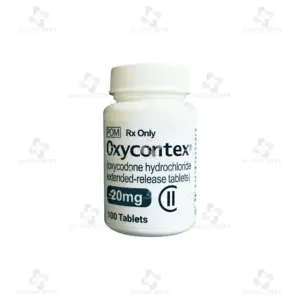
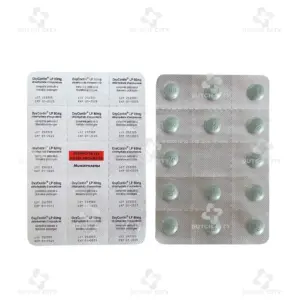
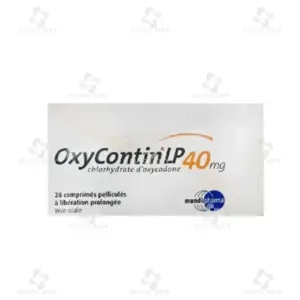
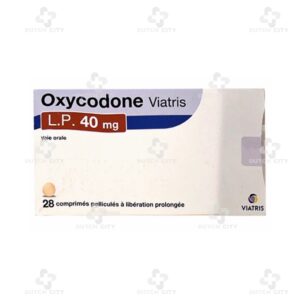
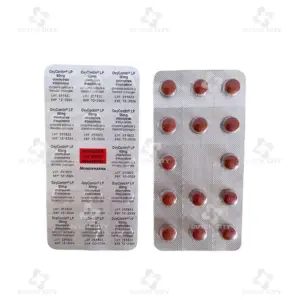
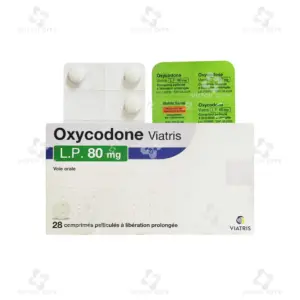
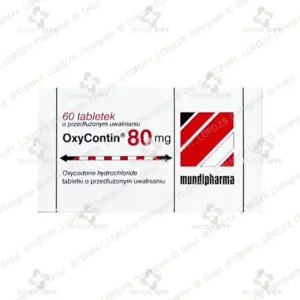
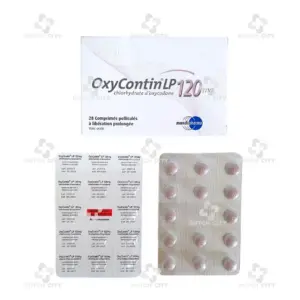
Reviews
There are no reviews yet.